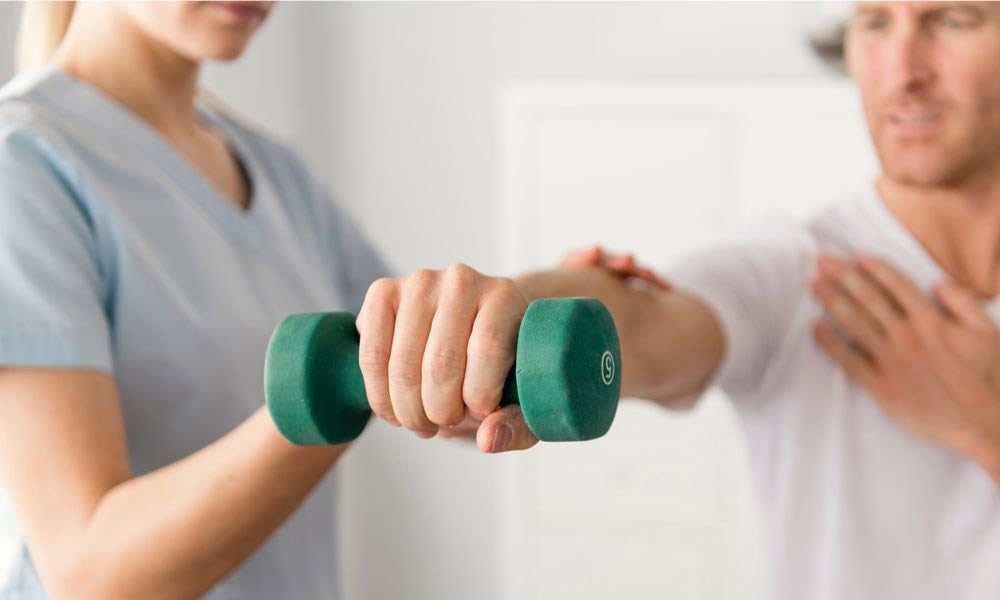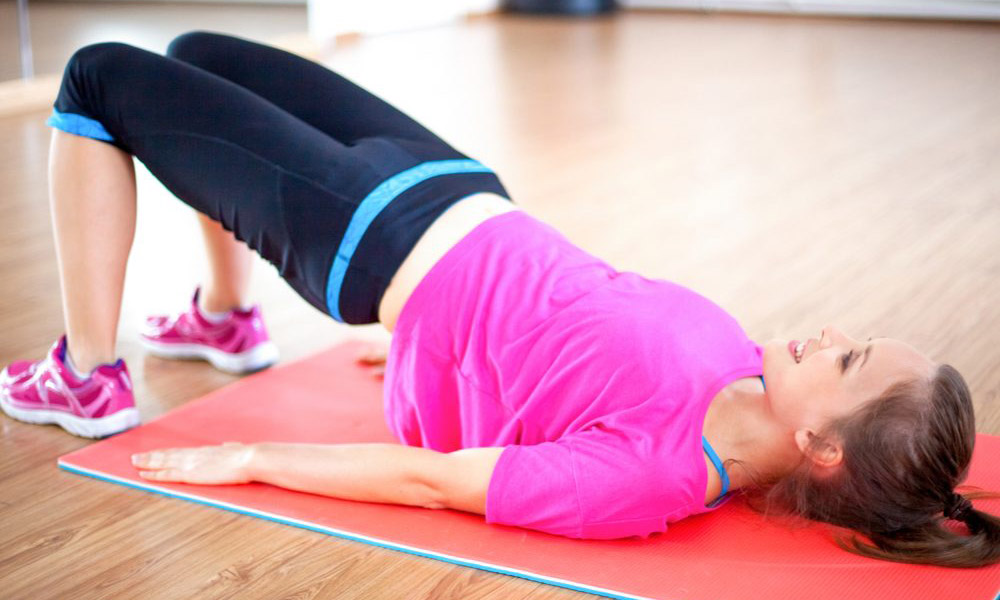



Your mom may have nagged you to sit up straight, but physiotherapists believe there’s no such thing as bad posture—just posture that may indicate aspects of activity or injury that need to be addressed. “We’re realizing that people’s bodies take specific positions because of the requirements of their lifestyle,” says Dhir. “We look at what your functional needs are and how we can adapt your exercise routine to help.”

Physiotherapists will know if you haven’t done your homework. They design exercise plans for your body’s abilities and needs. If you don’t work on your body at home, you’ll likely be returning again and again for the same issues.

Just because your discomfort is gone, it doesn’t mean your injury has healed. The first six weeks after getting hurt are when scar tissue is “remodelled,” which, in many soft-tissue injuries, helps prevent reinjury. Cutting therapy short can put you at an increased risk of reinjury

Got bad knees? You don’t necessarily need surgery. A Harvard study from 2013 found that physiotherapy was just as effective for treating osteoarthritic knees.

If you’ve been injured in the past, consult a pro before you try a new activity. “A physiotherapist can give you individualized advice on how to prevent injuries,” says Dhir.

Sprained your ankle? A physiotherapist can assess you and determine whether you can manage recovery on your own. If you don’t heal from an injury properly, you may start to move your body differently, which could lead to pain in other areas.

Your capacity to recover from an injury isn’t tied to the severity of your pain. What researchers call your “pain self-efficacy”—your belief that you will fully regain your ability to do the things that are important to you—is a strong predictor of success.

Pelvic-floor disorders affect one in three women and can be associated with pain, incontinence, sexual difficulties and even prolapse. Pelvic-floor physiotherapists might help with targeted exercises.

It’s important to exercise daily, without fail. Do both stretches and strength moves, as both are key to reducing back pain. Through exercise, you can also increase your flexibility and allow for better nerve and muscle function, which adds up to less pain and fewer muscle spasms and less possibility of pinching small nerves. Move slowly and gently while doing them. The strengthening exercises are just as important – they tone muscles that support the spine.
Complements from some of our Valuable Patients
Very professional. great knowledge. the combination of people and skills works extremely well, having a mix of hands on work and exercises to get a superior outcome. I am being treated following ankle surgery. I moved from another physio where I felt I wasn't seeing results. the results are certainly coming now. thank you!
